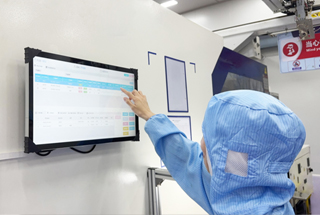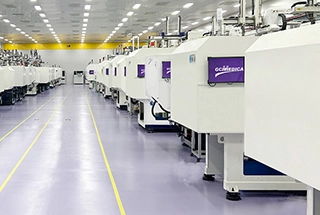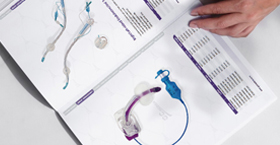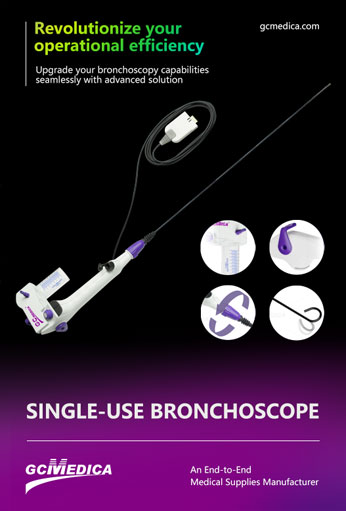The disposable bronchoscopy scope is a single‑use, flexible endoscopic instrument designed to visualize and access the lower respiratory tract without the need for reprocessing or sterilization between patients. Constructed from a lightweight, biocompatible polymer shaft and a reinforced distal tip, the device typically measures 2.8 mm to 5.0 mm in outer diameter and extends 60 cm to 65 cm in working length. Integrated into its distal tip is a high‑resolution CMOS camera and LED illumination system, which transmits clear, real‑time images to an external monitor via a lightweight, disposable cable. A dedicated working channel—usually 1.2 mm to 2.0 mm in diameter—allows passage of suction, biopsy forceps, brushes, and other accessories for sampling, lavage, or therapeutic interventions.
Clinicians embrace disposable bronchoscopes primarily for their convenience and infection‑control benefits. By eliminating the need for manual cleaning, high‑level disinfection, or sterilization, single‑use scopes mitigate the risk of cross‑contamination and hospital‑acquired infections, which may persist even after standard reprocessing of reusable bronchoscopes. This is especially important in critical care, intensive care units, and outbreak settings (for example, during viral respiratory epidemics) when rapid turnover and stringent isolation protocols are essential. In addition, disposables reduce downtime associated with equipment maintenance, enabling immediate availability and workflow efficiency in bronchoscopy suites, emergency departments, and operating rooms.
Performance‑wise, modern disposable bronchoscopes achieve image quality and maneuverability comparable to many reusable models. Their distal tip offers up to 180 degrees of flexion in both up and down directions, facilitating navigation through complex airway anatomy. Some advanced versions incorporate integrated pressure sensors, air‑insufflation channels, and irrigation ports to optimize visualization in the presence of secretions or bleeding. Single‑use scopes are also compatible with standard light sources, video processors, and video storage systems, ensuring seamless integration into existing endoscopy towers.
Despite higher per‑unit costs compared to reusable scopes, total cost of ownership analyses often favor disposables when factoring in cleaning labor, disinfectant supplies, repair expenses, and scope replacement due to wear or damage. Furthermore, without the capital investment in reprocessing equipment and facilities, smaller institutions and off‑site clinics can more readily adopt bronchoscopy services. Environmental concerns have driven manufacturers to develop scopes using recyclable materials and packaging that minimize waste volume.
In summary, the disposable bronchoscopy scope represents a significant advancement in respiratory endoscopy by streamlining infection control, reducing procedural delays, and broadening access to flexible bronchoscopy. Its combination of high‑quality optics, ergonomic design, and single‑use convenience supports improved patient safety and operational efficiency across diverse clinical settings.
| Single Use Flexible Bronchoscopy > |


 Français
Français Español
Español Products
Products

 About Us
About Us












